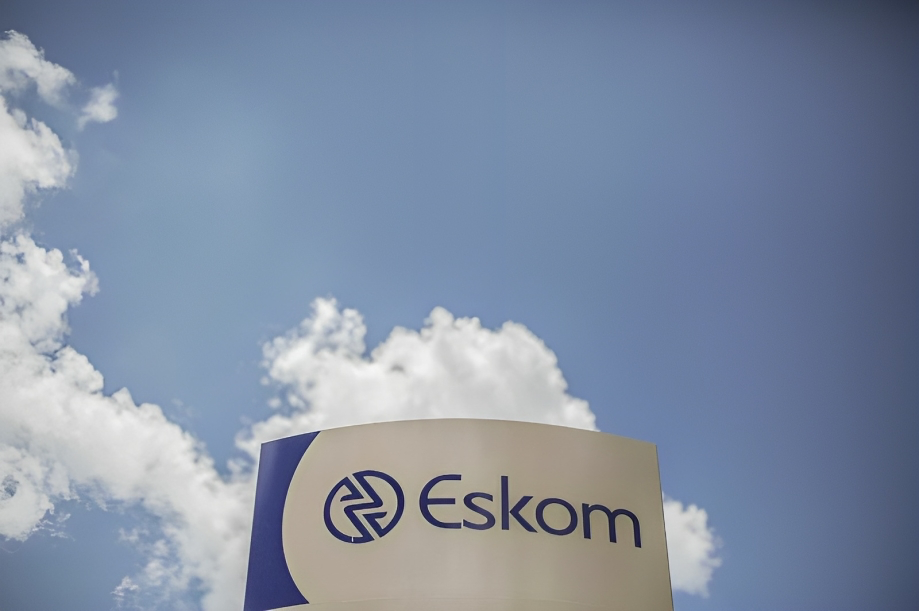South Africa’s state-owned power utility, Eskom, is facing a worsening financial and operational crisis as two of its biggest customers, the cities of Pretoria and Ekurhuleni, have failed to pay their bills. The utility said on Wednesday that the two municipalities owe it a combined 4.7 billion rand ($244 million), which threatens its liquidity and sustainability.
Eskom supplies over 90% of South Africa’s electricity but has struggled with aging infrastructure, mismanagement, corruption, and debt. It has implemented frequent power cuts, known as load-shedding, to prevent the grid from collapsing. The blackouts have hampered economic growth and disrupted the lives of millions of people.
The government has pledged to support Eskom with bailouts and reforms but has not yet finalized a plan to reduce its debt of 402 billion rand ($27 billion), which accounts for 15% of the national debt. Finance Minister Enoch Godongwana said last week that he favors selling some of Eskom’s coal-fired plants to free up funds to transition to renewable energy. However, Eskom’s chief financial officer, Calib Cassim, said the government should ideally take over half of the utility’s debt to ease its access to green financing and new investment.
The government has also decided to split Eskom into three units, generation, transmission, and distribution, to improve efficiency and accountability. However, the process has been slow and fraught with challenges, such as labor opposition and regulatory hurdles.
The debt crisis at Eskom is a problem for the utility and the municipalities that depend on its power supply. According to the Cooperative Governance and Traditional Affairs Minister Thembi Nkadimeng, South African municipalities lost 21 billion rand ($1.1 billion) in revenue due to load-shedding in the 2022-23 financial year. They also had to spend billions of rand on repairing damaged infrastructure and buying diesel for backup generators.
The power crisis has also affected other sectors of the economy, such as mining, manufacturing, and tourism. A report by PwC showed that South African mining companies’ profits plunged by almost half in the past year, partly due to rising electricity and fuel costs. The mining industry also faces logistical constraints for bulk commodity exports and illegal mining activities.
Despite the bleak outlook, there are signs of hope for South Africa’s energy sector. The government has recently announced plans to procure more power from independent producers, including solar and wind projects. It has also lifted the cap on self-generation by businesses and households, allowing them to install their own renewable energy systems without a license. These measures could help reduce the demand for Eskom’s power and increase the diversity and resilience of the energy mix.
Source: Bloomberg



